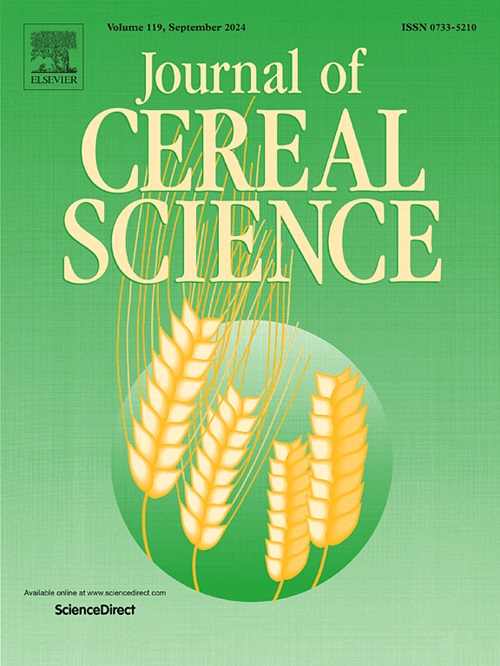Improving nutritional, bioactivity, and sensory properties of cereal by-products by co-culture fermentation: A review
IF 3.7
2区 农林科学
Q2 FOOD SCIENCE & TECHNOLOGY
引用次数: 0
Abstract
Cereal bran, brewers’ spent grains, and corn gluten meals, which are generated in greater quantities, are underutilized by-products of grain processing industries. Cereal by-products have nutritional and functional potential and can be incorporated into various food products. However, the insoluble cell wall fiber and proteins, bound phenolic compounds, and anti-nutritional factors limit their application. This review provides an in-depth look at co-culture fermentation of cereal by-products and its impact on nutrition, bioactivity, and sensory properties. The potential limitations and strategies to improve co-fermentation processes are also covered. The studies described indeed provide supporting evidence for co-fermentation being more effective than monoculture fermentation with respect to nutrient bioavailability, antioxidant capacity, and gut microbiota modulation. Co-fermentation can also improve the aroma and shelf-life characteristics of cereal-based foods. Currently, the specific mechanisms underlying the synergistic effects of co-cultures during fermentation remain not fully understood, along with the lack of standardization of co-fermentation conditions and clinical studies. Moreover, the biovalorization of cereal by-products using co-cultures not only enhances their functionality, but also provides an eco-friendly and sustainable approach to reduce agro-industrial food waste.
通过共培养发酵提高谷物副产物的营养、生物活性和感官特性:综述
谷物麸皮、啤酒酿造者的废谷物和玉米面筋粉是谷物加工工业的副产品,它们的产量较大,但未得到充分利用。谷类副产品具有营养和功能潜力,可纳入各种食品中。然而,不溶性的细胞壁纤维和蛋白质、结合的酚类化合物和抗营养因子限制了它们的应用。本文综述了谷物副产物共培养发酵及其对营养、生物活性和感官特性的影响。潜在的限制和策略,以改善共发酵过程也涵盖。这些研究确实提供了支持证据,表明在营养物质生物利用度、抗氧化能力和肠道菌群调节方面,共发酵比单一发酵更有效。共发酵还可以改善谷物食品的香气和保质期特性。目前,发酵过程中共培养协同效应的具体机制尚不完全清楚,同时缺乏标准化的共发酵条件和临床研究。此外,利用共培养物对谷物副产品进行生物增值不仅可以增强其功能,而且还提供了一种环保和可持续的方法来减少农业工业食品浪费。
本文章由计算机程序翻译,如有差异,请以英文原文为准。
求助全文
约1分钟内获得全文
求助全文
来源期刊

Journal of Cereal Science
工程技术-食品科技
CiteScore
7.80
自引率
2.60%
发文量
163
审稿时长
38 days
期刊介绍:
The Journal of Cereal Science was established in 1983 to provide an International forum for the publication of original research papers of high standing covering all aspects of cereal science related to the functional and nutritional quality of cereal grains (true cereals - members of the Poaceae family and starchy pseudocereals - members of the Amaranthaceae, Chenopodiaceae and Polygonaceae families) and their products, in relation to the cereals used. The journal also publishes concise and critical review articles appraising the status and future directions of specific areas of cereal science and short communications that present news of important advances in research. The journal aims at topicality and at providing comprehensive coverage of progress in the field.
 求助内容:
求助内容: 应助结果提醒方式:
应助结果提醒方式:


